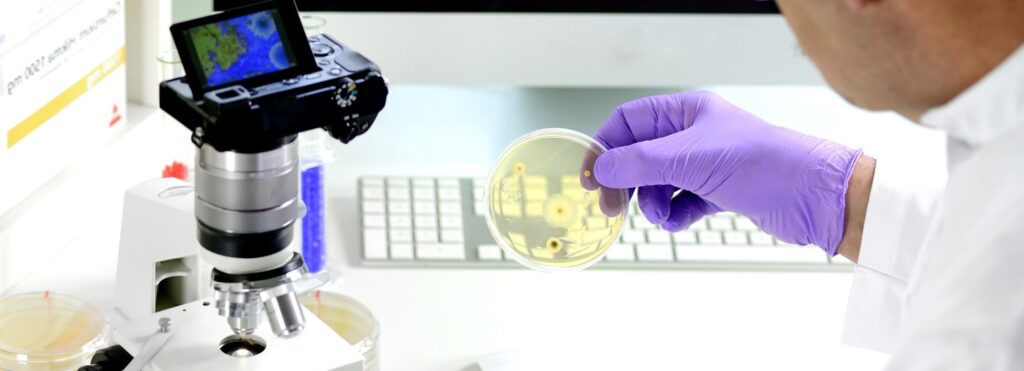HACCP analysis is based on monitoring food processing points which could bear a risk for contamination, whether this might be biological, chemical or physical. Its purpose is to identify and analyze food contamination hazards and develop systems suitable for their control.
Before the adoption of the HACCP system, these checks were carried out downstream of the production process, with analysis of the health of the finished product, ready for sale to the consumer. Often the product was consumed before any irregularity could be detected. Moreover, analysis was carried out by sampling (analysis of a lot by sampling) and the result of the analyzed sample did not always garantee a significant result, since a possible contamination could be distributed even heterogeneously in the lot.
After the enactment of 1997, the HACCP system was introduced in Italy. By promoting the concept of prevention, the HACCP system analyzes possible dangers that can be verified at every stage of the production process as well as in subsequent stages such as storage, transport, conservation and sale or consumption by the consumer. In other words, this control aims to monitor the entire supply chain of the food production and distribution process; the aim is to identify the process steps that could be a critical point.
The system places an important emphasis on food quality, particularly in terms of health and safety; this concept goes beyond simple customer satisfaction, aiming at the protection of public health.










